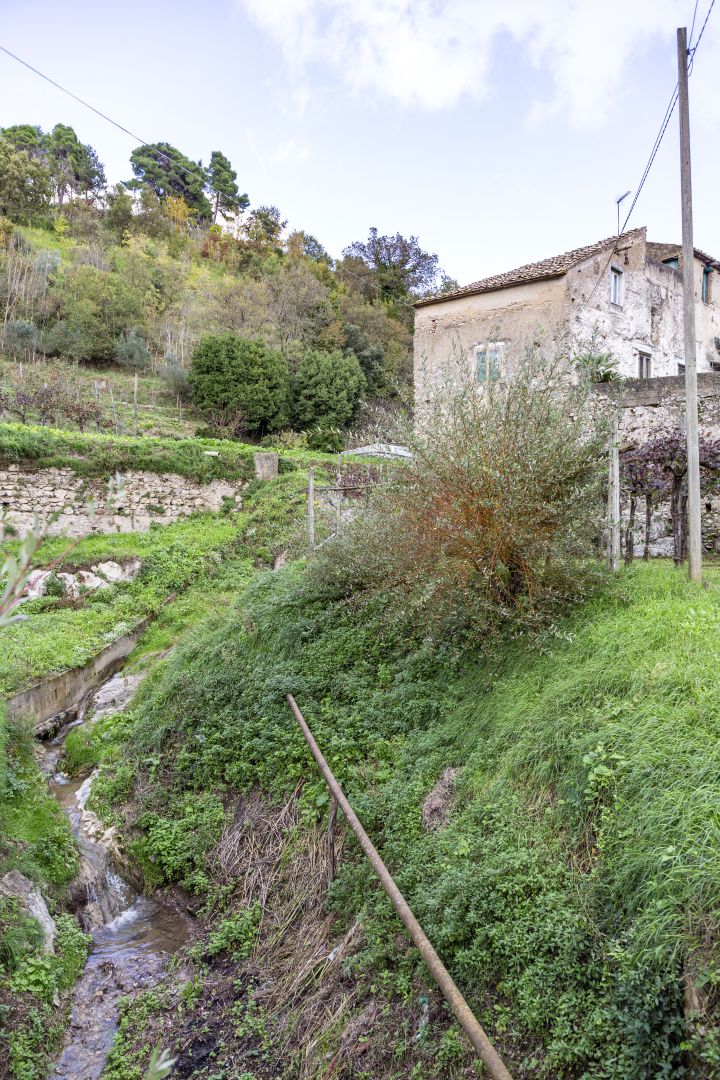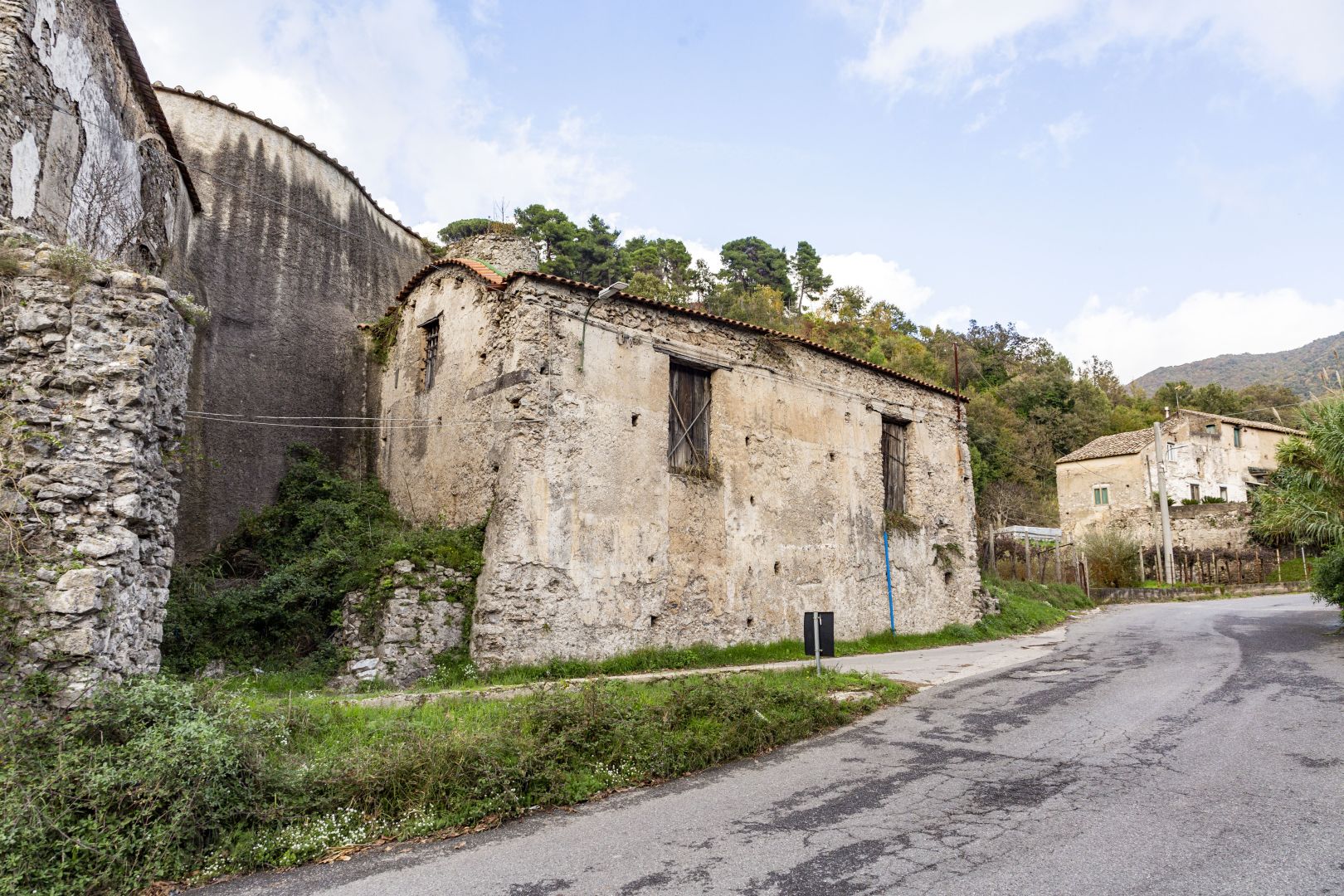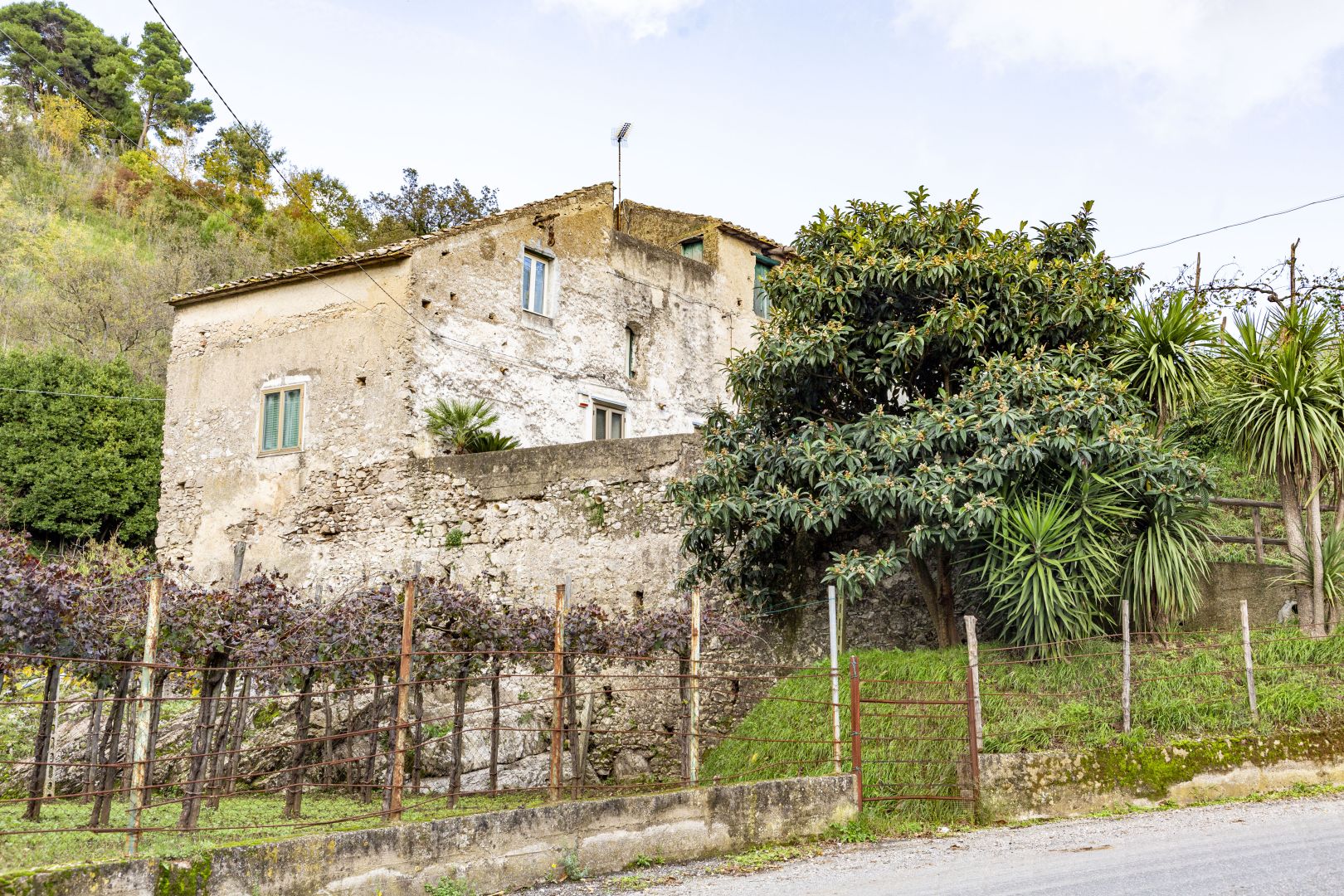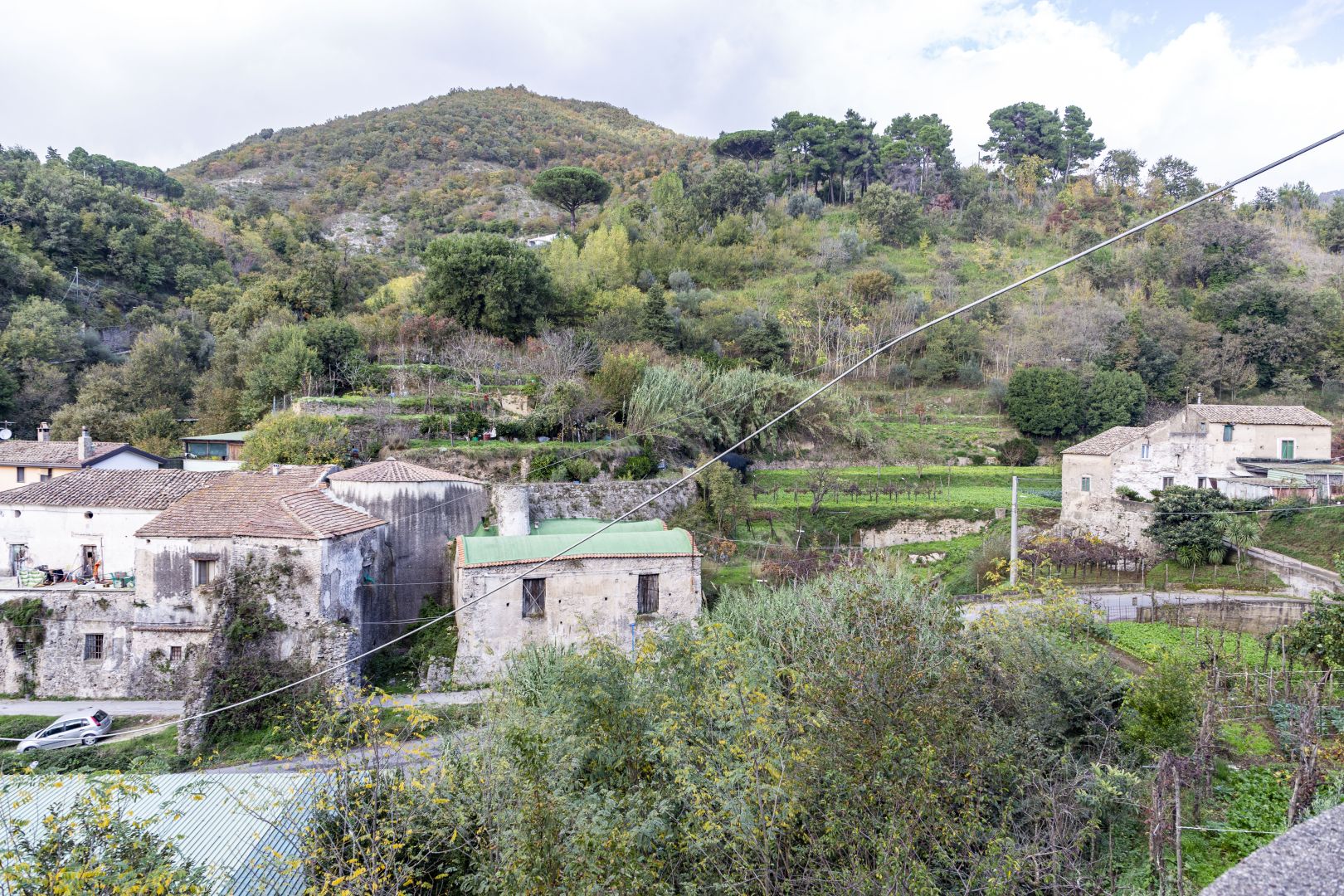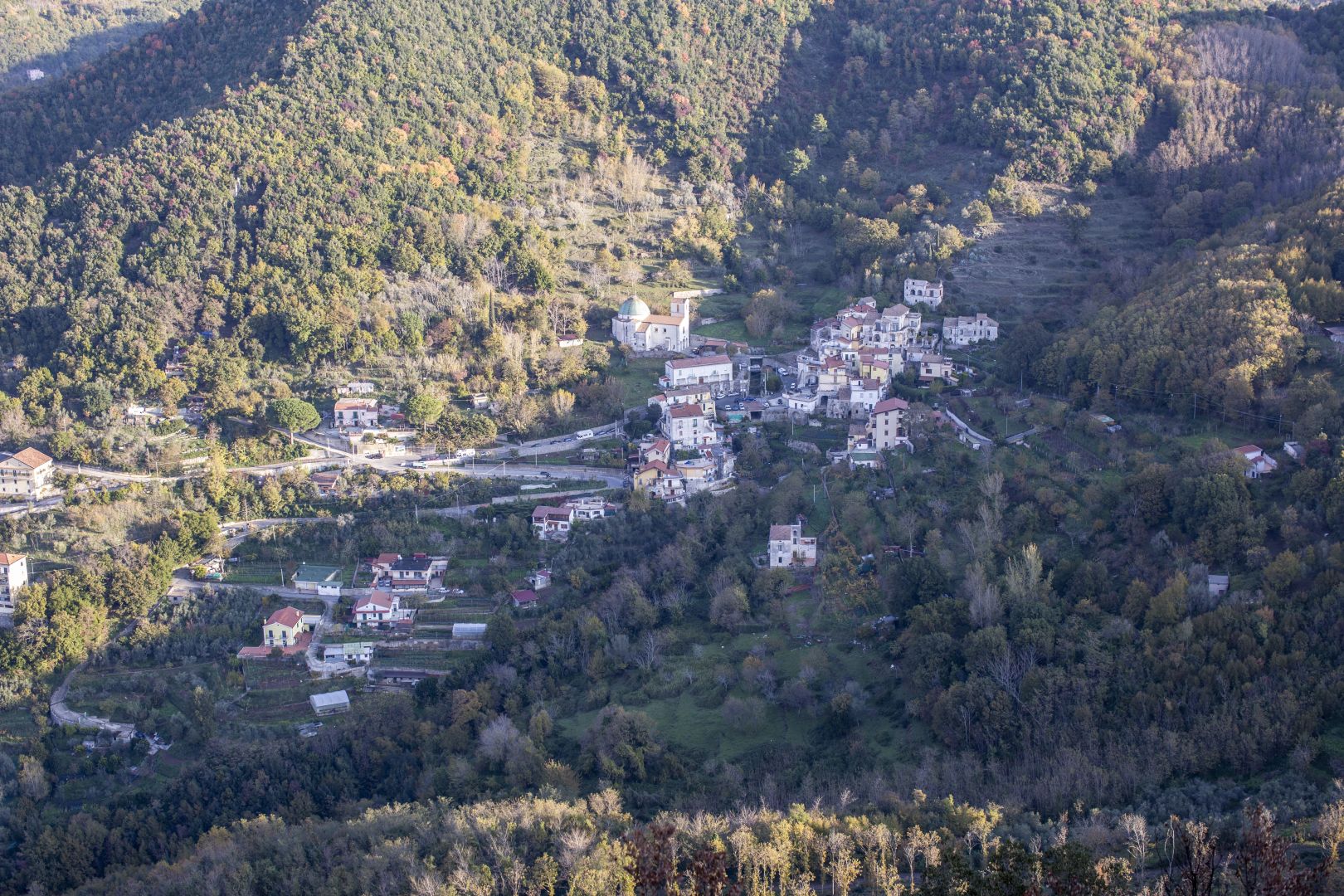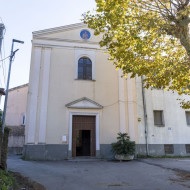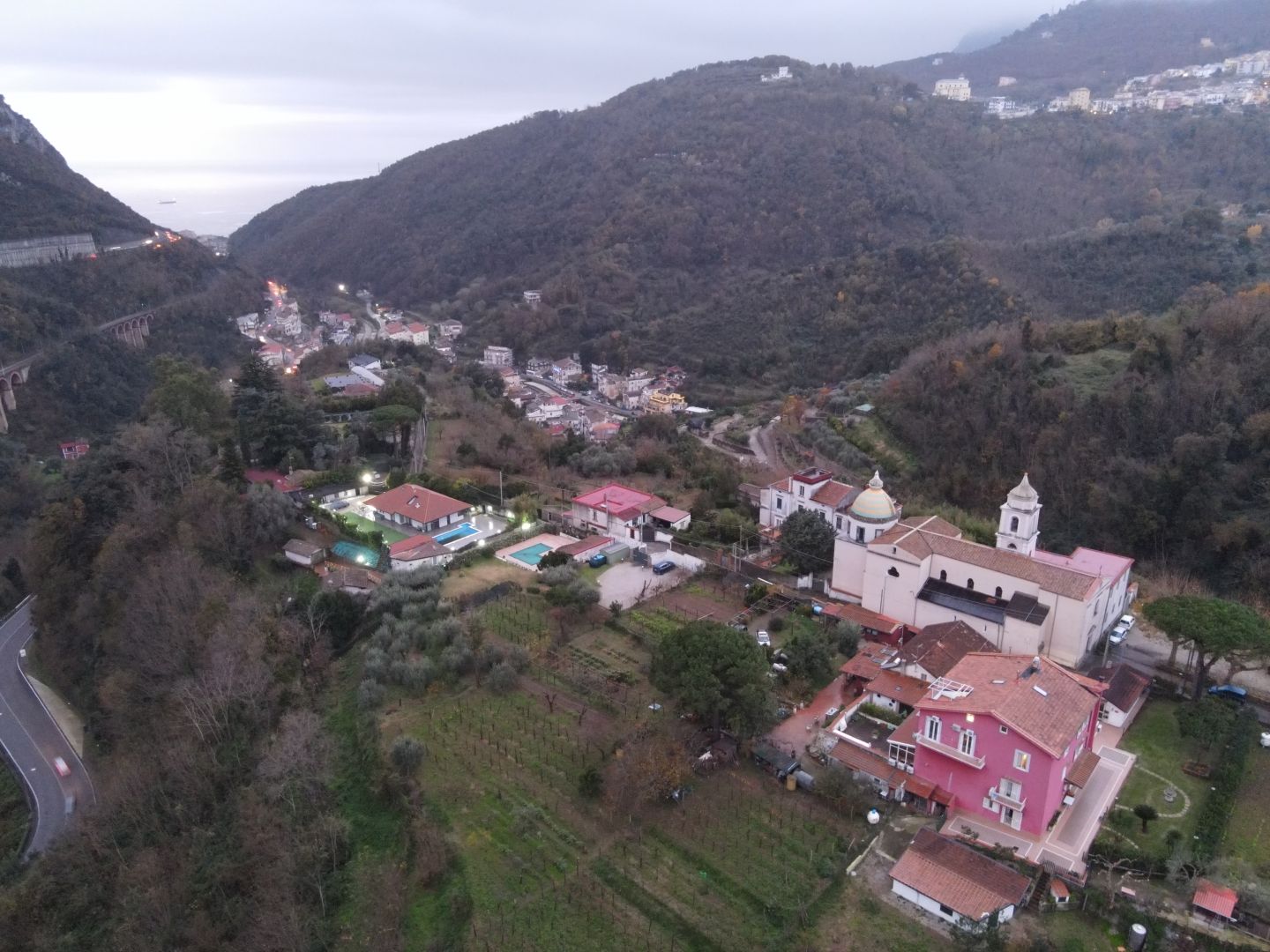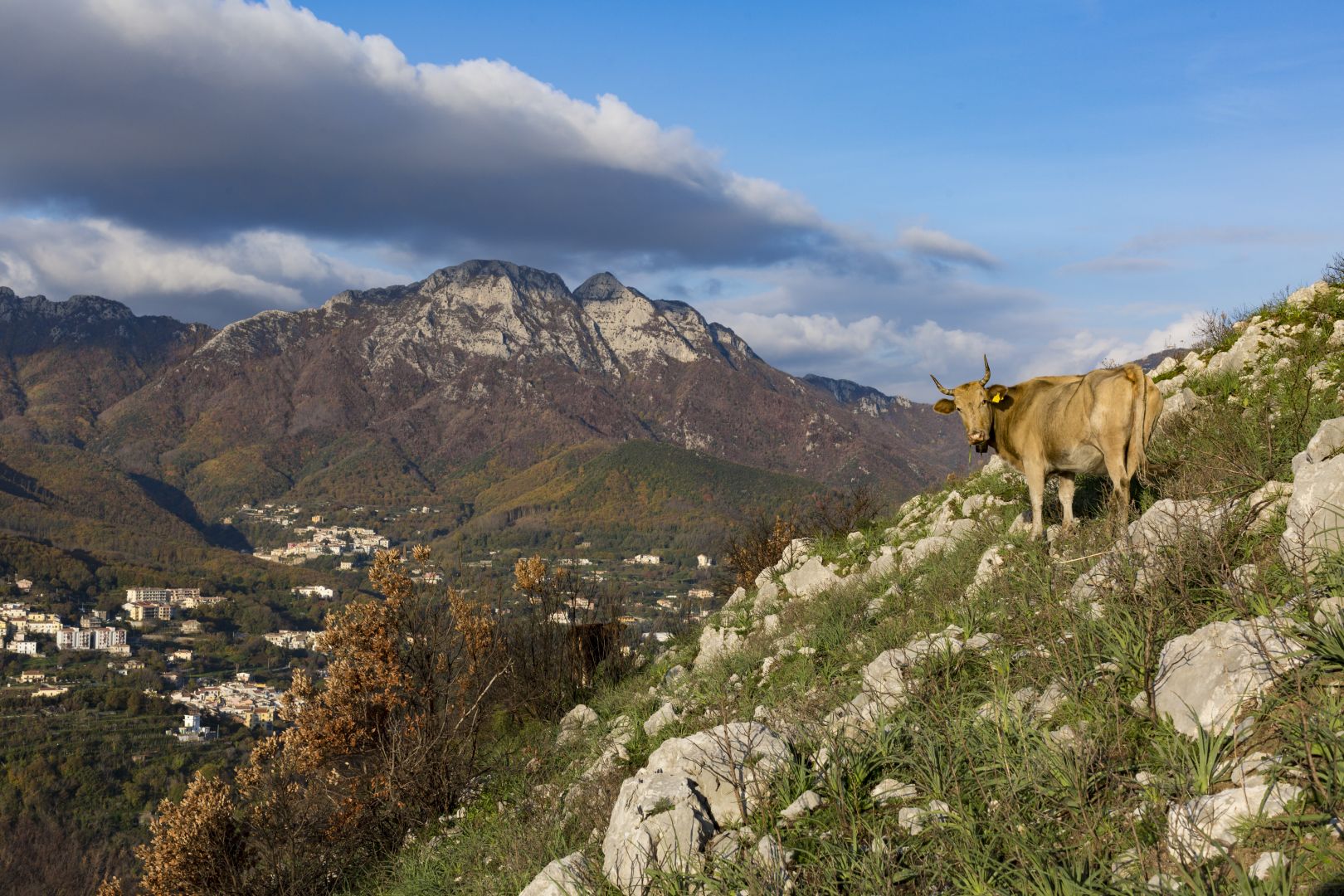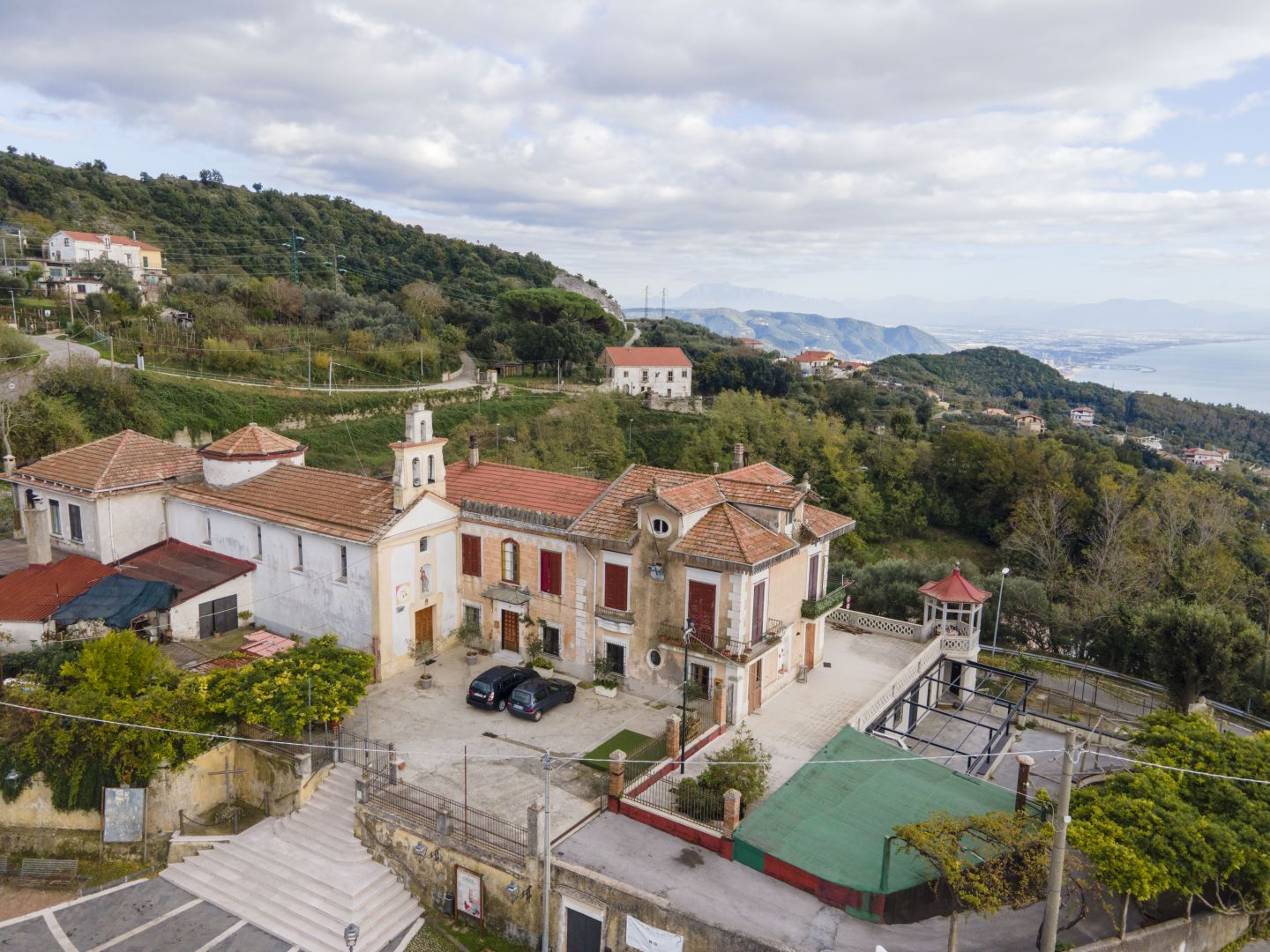Utilizziamo i cookies per offrirti la migliore esperienza sul nostro sito. Continuando a navigare, accetti l'utilizzo dei cookies.
Stages
Description
The itinerary starts from Largo Genovesi near the Church of San Pietro, going up towards the Siepi farmhouse and passing through the Adinolfi farmhouse, where you pass by ancient sixteenth-century buildings. The descent continues towards the "Fontana del Trescite", followed by a short climb to the chapel of Santa Maria di Costantinopoli, known as "dei Morselli". Continuing, you reach the Casale della Rocca and, passing next to the ancient mill-house, you arrive at the ancient Casale dei Galise. The itinerary culminates with the climb to the Sparani farmhouse, finally returning to the Church of San Pietro or continuing towards the village of Rotolo-Maddalena.
The Church of San Pietro, dating back to the 11th century, is one of the most important and best preserved in the city. The linear façade features a beautiful portal with frescoes depicting the Apostles Peter and Paul. Inside, the church houses significant works from the 16th century, including the marble bas-reliefs in the sacristy depicting the four evangelists and the high relief of Santa Maria della Catena on the altar in the left nave. The triptych of the Madonna and Child, coming from the Church of Santa Maria del Quadruviale, was transferred to the parish museum of the church of San Pietro on 20 December 2000.
The area between San Pietro and Annunziata is characterized by the presence of an ancient fountain where the famous Cava canvases were washed. Here there is an elegant ceramic aedicule dedicated to San Gerardo Maiella. Going up towards Arco from the "Fontana del Trescite", you come across the isolated chapel "dei Morselli", which takes its name from the locality. The chapel preserved an 18th century painting now transferred to the Church of San Pietro, depicting the Madonna of Constantinople.
On the hills, the hamlets of Galise, Sparani and Cafari take their names from ancient families of the area. The 1865 document from the municipal archive attests to the importance of the activity of the water mills, with the San Pietro mill operating six months a year for grinding wheat and maize.
Reviews
Login to write a reviewThere are no reviews yet
